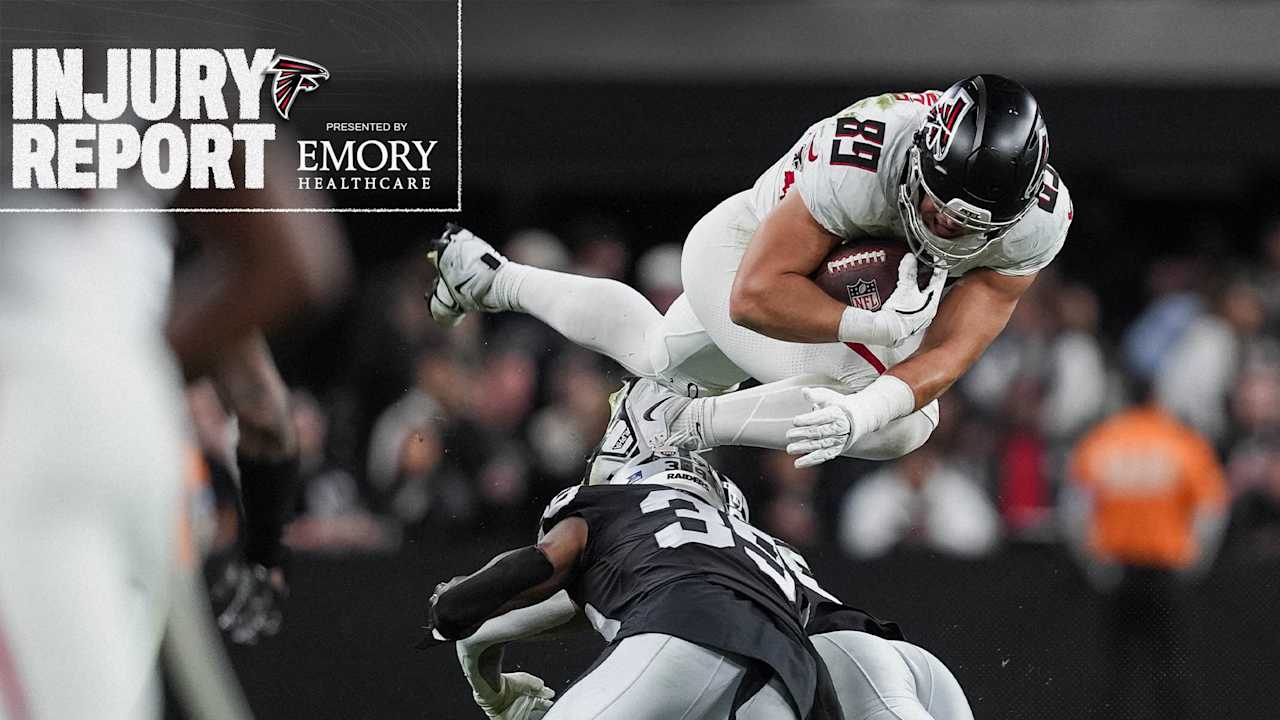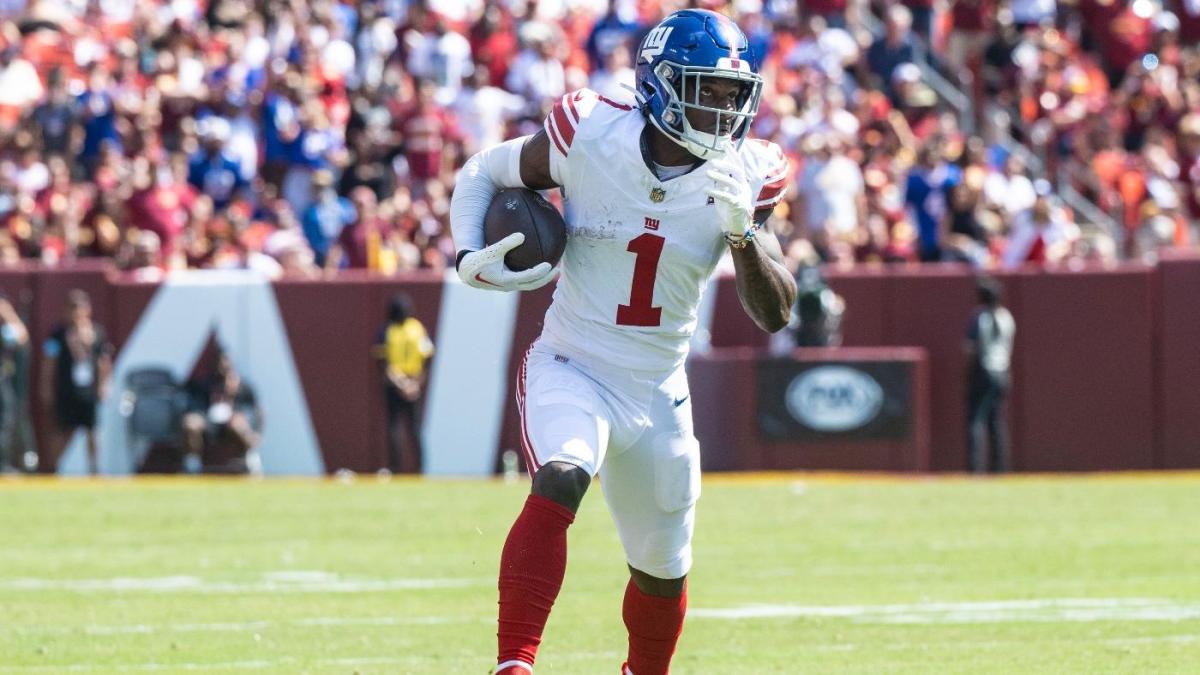A version of this story appeared in CNN Business’ Nightcap newsletter. To get it in your inbox, sign up for free, here.
New York
CNN
—
New York was just a few weeks away from becoming the first American city to adopt congestion pricing, a system designed to alleviate traffic, reduce air pollution and fund public transit. Then, at the last minute, the governor lost her nerve, citing the dubious claim that it would hurt the working class.
See here: Gov. Kathy Hochul abruptly shelved New York’s congestion pricing program on Wednesday, saying she’s had a change of heart over the economics of it all, citing the risk of “too many unintended consequences.”
Yes, a $15 toll might deter some folks from driving into Midtown to spend money on Broadway shows and dinner. But you know what else is a deterrent? Bumper to bumper traffic and choking pollution.
Many of the businesses that employ the workers Hochul claims to be protecting are disappointed with the decision.
“The toll revenues would amount to only $1 billion a year, which is far less than the $20+ billion cost of lost productivity, overtime and fuel expenses, environmental and health costs that are the result of excess traffic congestion,” said Kathryn Wylde, president and CEO of the Partnership for New York City, a nonprofit that represents hundreds of local businesses.
The plan, now on hold indefinitely, was one of those obviously-good-for-New-Yorkers policies that would come at the cost of mildly inconveniencing drivers who live in the suburbs and who believe that bringing a car onto an island barely wider than their living room is some kind of fundamental human right.
Put simply: Drivers would have to pony up $15 to enter Manhattan’s most congested areas, below 60th Street, during peak hours. The price was supposed to be high enough to discourage drivers, but not so high that businesses would suffer. (Similar programs have been successful, despite some avoidable pitfalls, in Singapore, London and Stockholm.)
The $1 billion in annual revenue from the tolls would help fund critical and long overdue improvements to the city’s bus and subway systems, which run 24/7 and move more than 4.5 million people around the city every day. And, as any regular New York commuter knows all too well, any improvement to that experience would be, like, really nice. Maybe — and I’m just spitballing here — we could use that money to replace whatever 1950s duct tape is currently being used to keep the signaling systems together?
Anyway, Hochul’s stated opposition was about the economic recovery post-pandemic.
“Let’s be real: a $15 charge may not mean a lot to someone who has the means, but it can break the budget of a working- or middle-class household,” she said.
(Which is true, but those generally aren’t the people driving into Midtown at 3pm on a Tuesday.)
Hochul continued: “It puts the squeeze on the very people who make this city go: the teachers, first responders, small business workers, bodega owners,” she said.
(And again, it is important to note that those people take public transit to work, and that emergency vehicles are exempt from the fee.)
Transportation Alternatives, one of the advocacy groups that supported congestion pricing, said Hochul’s delay was “a slap in the face to the millions of New Yorkers … The next time your train is late, your bus is trapped in traffic, your subway station is still missing an elevator, you know who to blame: Governor Kathy Hochul.”
Bottom line: This was almost certainly a political calculation more than an economic one. As the New York Times notes, congestion pricing has been wildly unpopular “in suburban areas of the Hudson Valley and Long Island where Democrats are desperate to make gains” in this election cycle.










